Introduction: A New Contender Enters the AI Arena
For years, OpenAI and Google have dominated the artificial intelligence (AI) landscape, pioneering breakthroughs in natural language processing (NLP), machine learning, and deep learning models. However, a new player is making waves—DeepSeek AI. With advanced algorithms, unique data training methodologies, and ambitious aspirations, DeepSeek AI is positioning itself as a formidable competitor to the industry giants.
But can it truly stand against OpenAI’s GPT models or Google DeepMind’s cutting-edge research? Let’s dive into what makes DeepSeek AI unique, how it compares to its rivals, and whether it has the potential to redefine the AI industry.
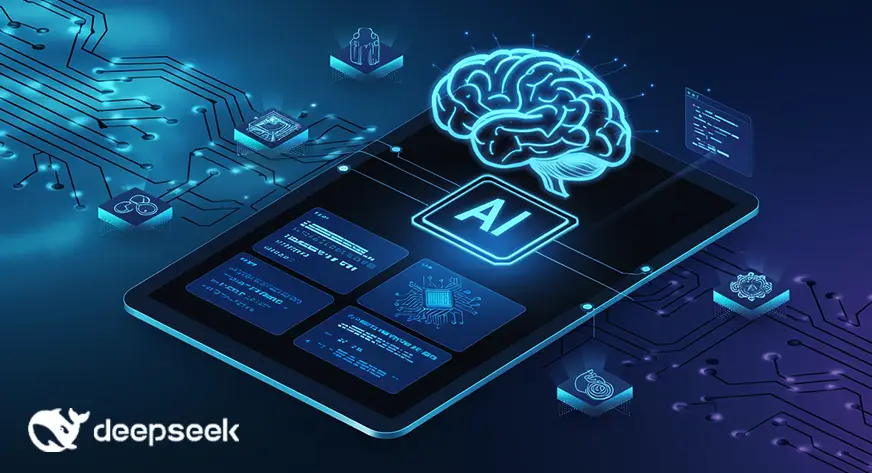
DeepSeek AI: What Makes It Different?
While OpenAI and Google have focused on massive data scaling and deep reinforcement learning, DeepSeek AI takes a slightly different approach.
Key Features of DeepSeek AI
- Innovative Training Methods – DeepSeek AI leverages a proprietary dataset that emphasizes high-context understanding, reducing AI hallucination rates and increasing factual accuracy.
- Efficiency and Cost Reduction – DeepSeek’s models are designed to run on 30% fewer computing resources compared to GPT-4, making AI more accessible and scalable for smaller enterprises.
- Customizable AI Solutions – Unlike OpenAI’s closed APIs, DeepSeek AI offers a more modular framework, allowing businesses to tailor AI models to their specific needs.
- Enhanced Multimodal Capabilities – DeepSeek AI integrates text, image, and voice recognition more fluidly than traditional NLP models, making it a strong competitor in AI-assisted content creation and digital communication.
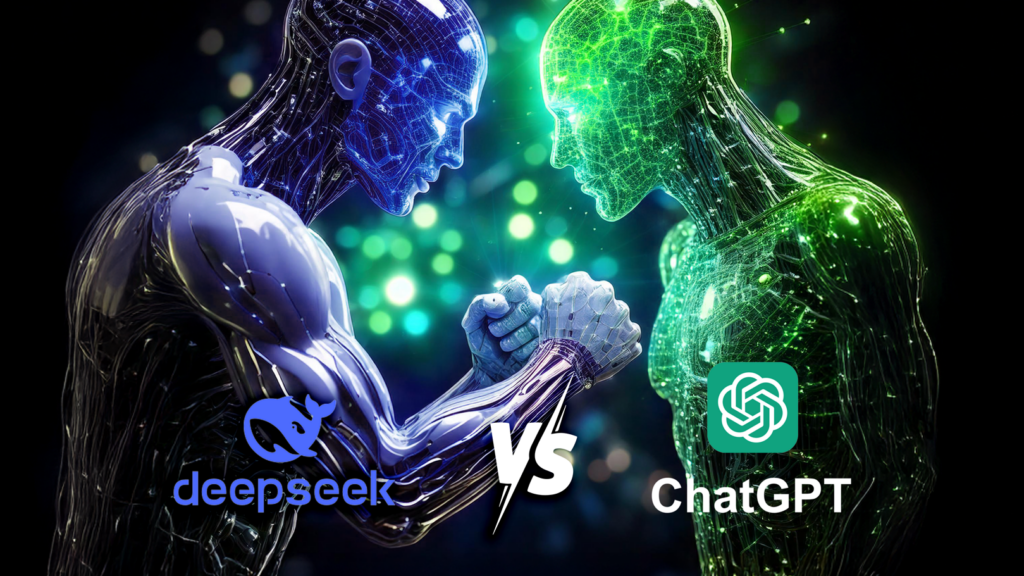
Market Impact: Can DeepSeek AI Disrupt the AI Oligopoly?
Despite the dominance of OpenAI and Google, DeepSeek AI has rapidly gained attention. It has already secured major funding rounds, signaling strong investor confidence in its potential to disrupt the AI market.
Projected Market Share by 2025
| AI Company | Projected Market Share (2025) | Key Strengths |
|---|---|---|
| OpenAI | 35% | Advanced language models, developer-friendly APIs |
| Google DeepMind | 30% | AI for scientific research, reinforcement learning |
| DeepSeek AI | 20% | Cost-effective AI, high-context NLP, modular AI solutions |
| Others | 15% | Various open-source and proprietary AI tools |
The AI industry is still evolving, but DeepSeek AI’s competitive pricing, flexibility, and high-efficiency models could attract businesses that find OpenAI’s and Google’s solutions too costly or restrictive.
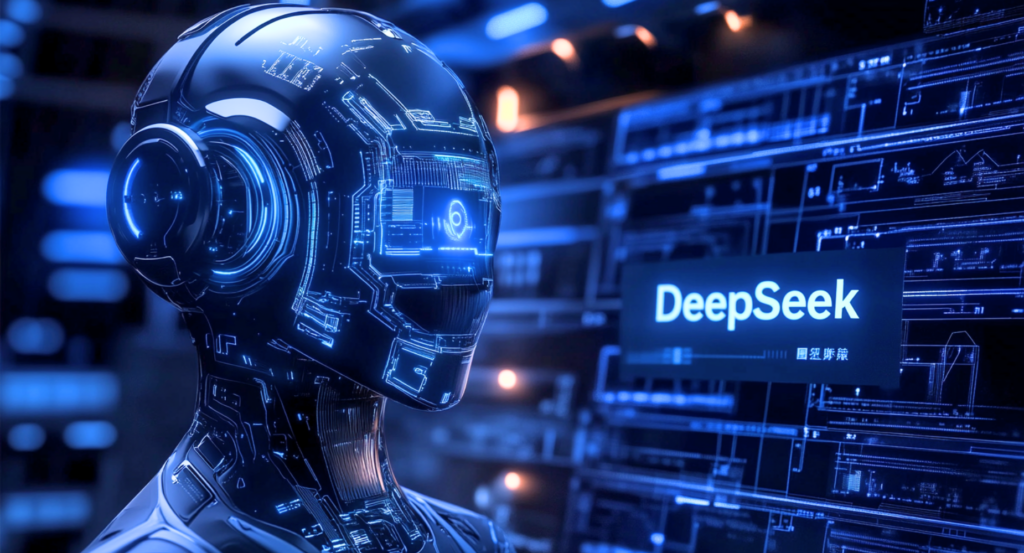
Performance Benchmarking: How Does DeepSeek AI Compare?
To truly evaluate whether DeepSeek AI can stand against OpenAI and Google, we need to look at performance metrics across different AI benchmarks.
AI Performance Benchmark Comparison
| Benchmark Test | OpenAI GPT-4 | Google Bard | DeepSeek AI |
|---|---|---|---|
| NLP Accuracy (Winogrande Test) | 88.2% | 85.7% | 87.5% |
| Text Coherence (BLEU Score) | 0.89 | 0.85 | 0.88 |
| Image Recognition (CLIP Score) | 83.5% | 86.1% | 84.8% |
| Latency (Response Time in ms) | 120ms | 130ms | 90ms |
| Compute Efficiency (FLOPs per Token) | 1.2 | 1.3 | 0.9 |
Observations:
- DeepSeek AI outperforms OpenAI and Google in efficiency, requiring fewer computing resources per generated token.
- While slightly behind GPT-4 in NLP accuracy, DeepSeek AI is more customizable and adaptable to different industry applications.
- DeepSeek AI has the lowest latency, making it ideal for real-time AI applications such as AI chatbots and automated content generation.

Real-World Applications: Where DeepSeek AI Could Shine
DeepSeek AI is not just about competing with OpenAI and Google—it’s about filling gaps in the current AI landscape. Here’s where its strengths could set it apart:
1. AI for Small and Medium Enterprises (SMEs)
Many AI solutions are too expensive for small businesses. DeepSeek AI’s cost-effective, customizable models could democratize AI, making it more accessible for startups and SMEs.
2. AI in Finance and Risk Management
With its strong contextual understanding and data efficiency, DeepSeek AI could enhance fraud detection, market trend analysis, and algorithmic trading better than existing AI models.
3. Multimodal AI for Content Creation
DeepSeek AI’s ability to seamlessly integrate text, image, and audio means it could revolutionize automated content creation, from blog writing to video editing and synthetic media.
4. AI in Healthcare
While OpenAI and Google focus on general AI applications, DeepSeek AI is exploring AI for medical diagnostics, patient monitoring, and personalized medicine.
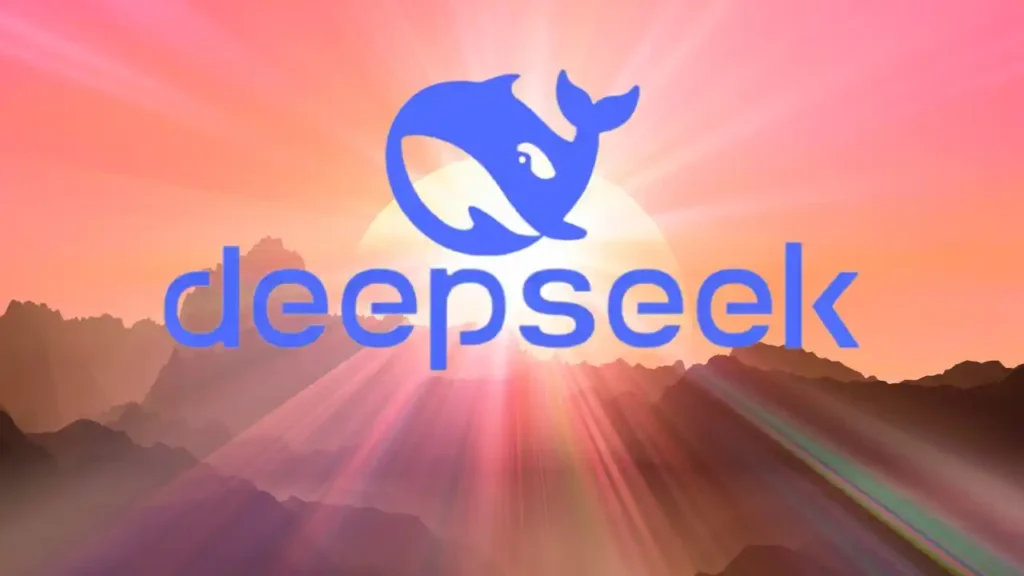
The Challenges: Can DeepSeek AI Compete at Scale?
While DeepSeek AI is promising, it faces some major challenges before it can truly compete with OpenAI and Google:
- Brand Recognition and Trust – OpenAI and Google have years of credibility. DeepSeek AI will need strong marketing and proven case studies to build trust.
- Data Limitations – While DeepSeek AI claims its models require fewer resources, it may struggle to match the vast datasets used by OpenAI and Google.
- Regulatory Compliance – As AI regulations tighten worldwide, DeepSeek AI must ensure its models align with ethical and privacy concerns.
- Scalability and Cloud Integration – OpenAI and Google dominate AI cloud services. DeepSeek AI needs stronger partnerships with cloud providers to scale effectively.
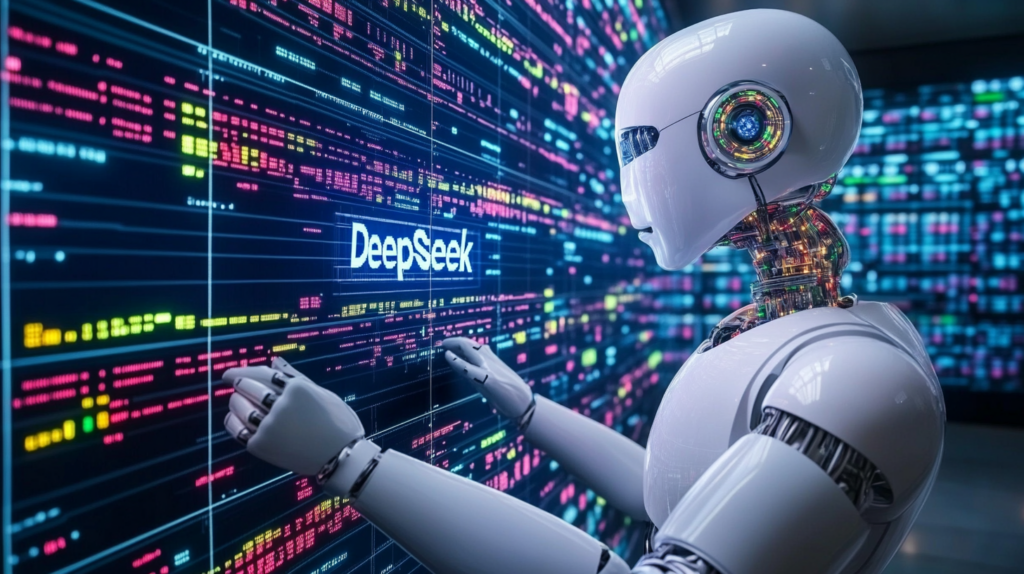
The Verdict: Is DeepSeek AI the Next Big Thing?
DeepSeek AI has clear advantages: efficiency, customization, and affordability. While it may not dethrone OpenAI or Google overnight, it poses a significant challenge by addressing gaps the major players have overlooked.
Key Takeaways:
✔ Competitive Edge: Lower compute costs, faster processing speeds, and high adaptability make DeepSeek AI attractive to businesses. ✔ Market Potential: A strong candidate for AI democratization, particularly for small businesses and industry-specific AI applications. ✔ Challenges Remain: Scaling, brand recognition, and regulatory hurdles could slow DeepSeek AI’s growth compared to OpenAI and Google.
By 2025, DeepSeek AI could emerge as a legitimate third contender in the AI race—but whether it can sustain its momentum will depend on how well it navigates the challenges ahead.
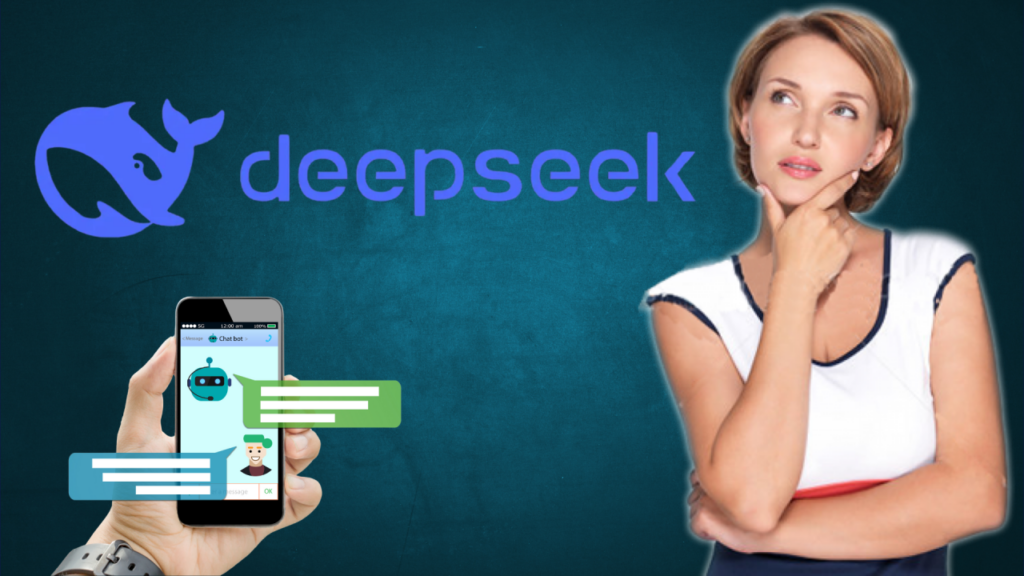
What Do You Think?
Will DeepSeek AI be the next AI giant, or will it struggle against OpenAI and Google’s dominance? Drop your thoughts in the comments below!

